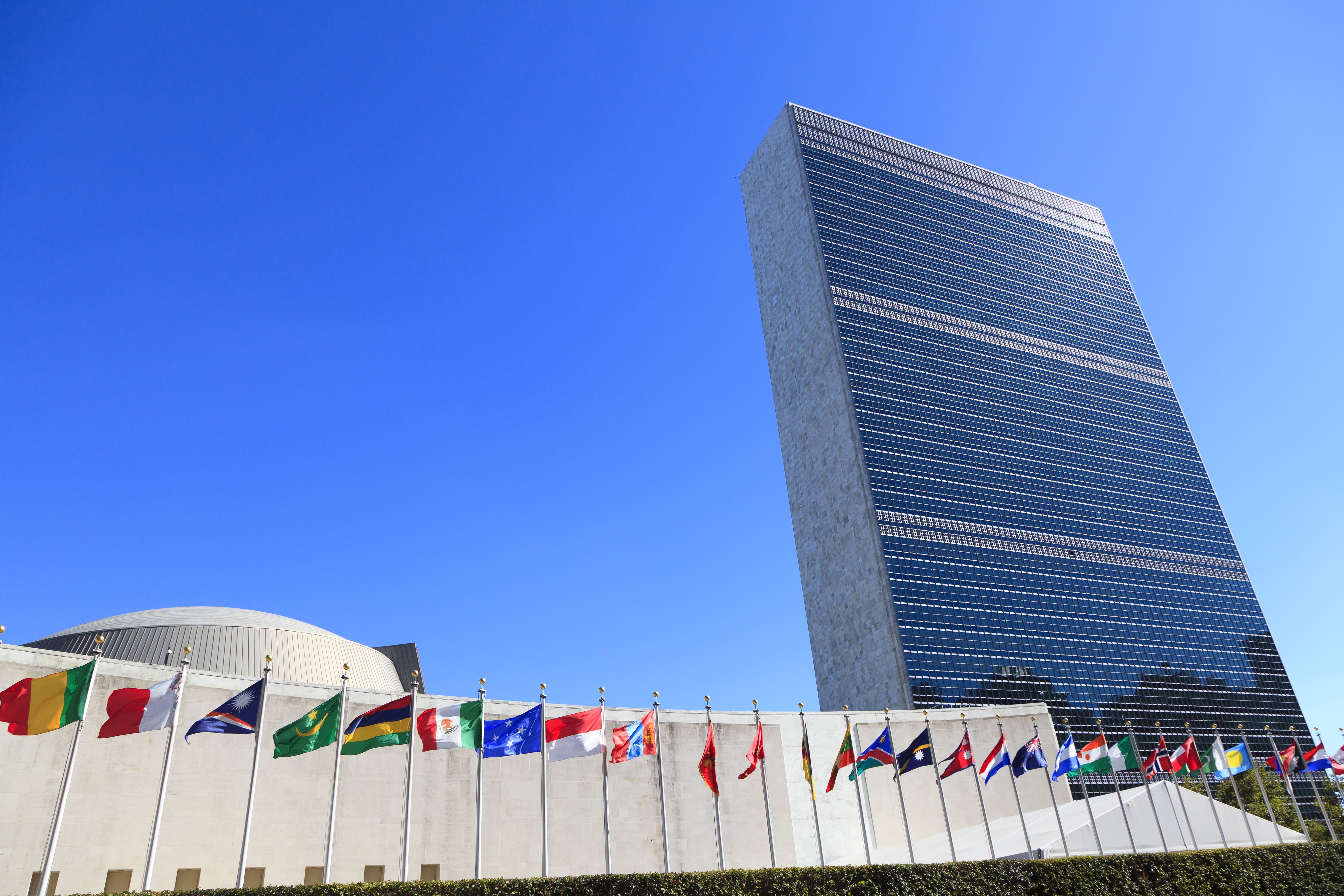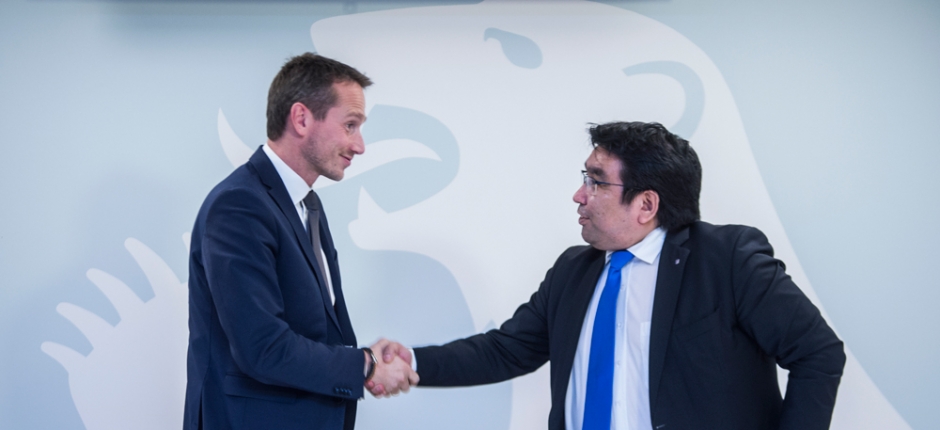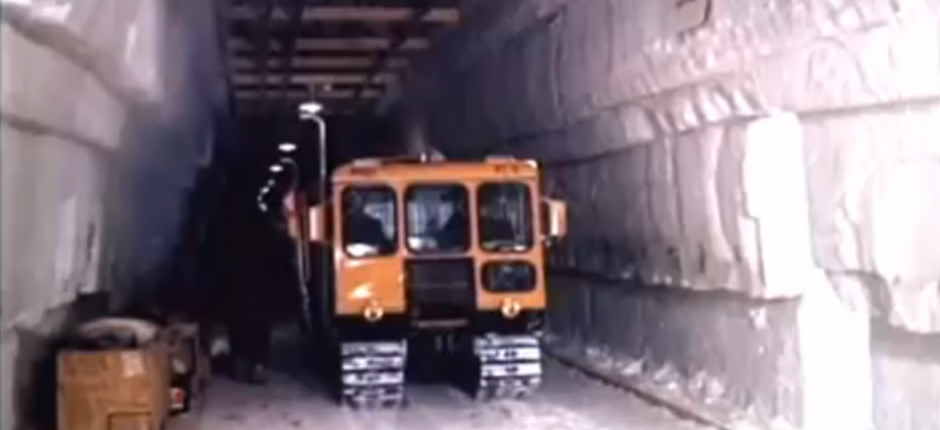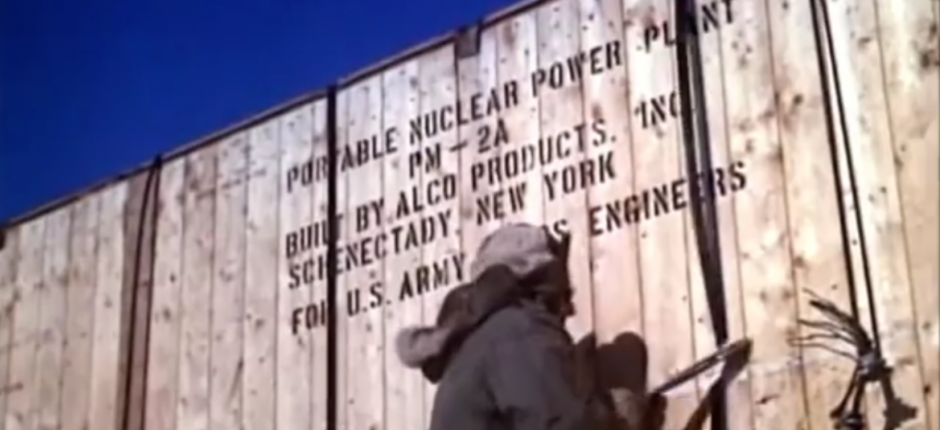Greenland brings Denmark before the UN for failing to clean up old US military pollution

In an unprecedented measure, Greenland is asking the UN to investigate whether Denmark is guilty of violating human-rights conventions for what officials in Nuuk say is a failure to ensure that pollution left behind by the U.S. military was cleaned up.
In addition, the complaint, submitted in April to the UN’s special rapporteurs, who answer to the organisation’s Human Rights Council, argues that Denmark has not done enough to ensure that Greenland gets adequate compensation for allowing the US to operate a military base there.
“This is about forcing the Danish government to treat Greenland properly. We have been pushing for an answer on this matter for four years. This is what it all boils down to,” Vittus Qujaukitsoq, who resigned as Greenland’s foreign minister at the end of April, told Information, a Danish news outlet.
He confirms that the complaint applies to both clean-up and the issue of compensation for land-use.

Carsten Staur, the Danish ambassador to the UN in Geneva, confirmed that he delivered the complaint to the UN on behalf of Nuuk. Such complaints are treated by the UN as confidential, and it is unclear whether the rapporteurs will pursue it.
Also unclear is whether Greenland will try to withdraw the complaint after Qujaukitsoq’s resignation. He stepped down on April 24 in order to be avoid being stripped of his foreign affairs remit by Kim Kielsen, the premier, over continued disagreement over how to manage relations with Copenhagen. Qujaukitsoq has announced he will now challenge Kielsen for the premiership
Greenland’s elected government and the national assembly have supported a tough line against Denmark over the clean-up and compensation. The decision to ask the UN to intervene, however, reportedly was made by Qujaukitsoq without the explicit backing of the cabinet.
Neither Suka K. Frederiksen, the current Greenlandic foreign minister, or Anders Samuelsen, the Danish foreign minister, have wished to comment on the situation.
Even if Nuuk decides to withdraw the complaint, Copenhagen may still have to answer to the allegations. UN special rapporteurs have a broad degree of independence, and may pursue cases without being asked to do so.
Greenland’s complaint to the UN focuses on pollution at abandoned military sites. Starting in World War II, the U.S. military established 32 installations on Greenland’s eastern and western coasts. Today, only Thule Air Base, in the extreme northwest, remains in operation.
The best known of the abandoned sites was Camp Century, some 250 kilometers (about 155 miles) east of Thule Air Base. Established in 1958, and built three kilometers below the surface of the ice cap, the facility featured workspaces, living quarters and a nuclear reactor to provide power.

The base was to be the first phase in the Pentagon’s plans to station 600 nuclear missiles in a network of rail tunnels in the ice cap. Project Iceworm, as it was known, was dropped, and, in 1966, Camp Century was abandoned. The nuclear reactor was removed, but unknown quantities of cooling water and other materials were left behind. Nuuk is calling for other sites to be cleaned up as well, though it is Camp Century that is of greatest concern.
Camp Century gained renewed public attention last year, when a paper, published in Geophysical Research Letters, a journal, suggested that the radioactive and toxic waste that is currently safely frozen into the ice will emerge in about 75 years, given the current rate of melt.
Earlier this year, Copenhagen agreed to conduct studies of pollution, ice melt and radioactivity at Camp Century. Nuuk, however, has asked Copenhagen to confirm exactly who will be responsible for cleaning up all of the pollution left behind at U.S. installations.

The other part of the complaint traces its roots to 1971, when Greenland was awarded the first of successive lucrative contracts to provide maintenance and other services to the Americans at Thule Air Base. In 2014, however, the contract was, to Nuuk’s consternation, awarded to an American-controlled firm.
Copenhagen and Nuuk have lobbied hard to convince U.S. Air Force officials to reverse the decision, but Washington has refused to budge. The feeling in Greenland is that the Danes could have pushed harder.
A 1951 agreement between Copenhagen and Washington permits the U.S. to set up military installations in Greenland. Copenhagen says it will reserve judgement about the responsibility for clean-up until legal experts complete a review of the agreement and its later corollaries. For now, Denmark maintains it has done everything in its power to ensure just compensation for the use of Greenlandic territory.
Martin Breum is a Danish journalist who has written extensively about Arctic issues, including most recently The Greenland Dilemma.